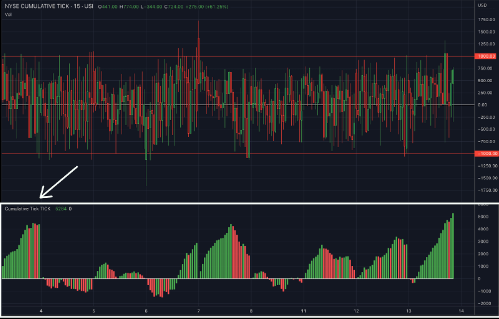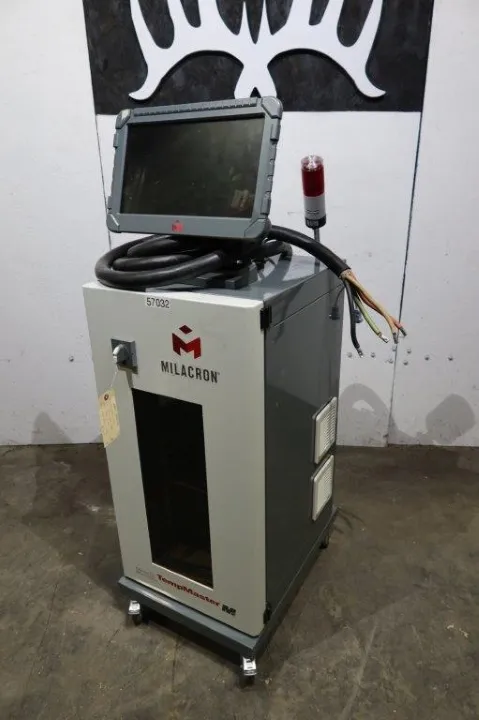Importance of Financial Terminology
In the realm of the financial market, a comprehensive understanding of the terminology is a prerequisite to building a successful trading strategy. In stock and commodities trading, ‘tick size’ is a term that often bewilders novice traders. However, having a lucid understanding of this crucial concept can significantly influence your trading outcomes. Through this article, let’s demystify what the tick size is and its impact on trading.
What is Tick Size?
To begin with, the tick size denotes the minimum price variation between the buying and selling prices of a financial product such as a stock, bond, or derivative. In trading parlance, it is the smallest increment by which the price movement of a ‘trading instrument’ can fluctuate.
Tick Size Example in India
In India, for instance, the tick size for equity shares on the National Stock Exchange (NSE) and the Bombay Stock Exchange (BSE) is INR 0.05. So, if a share’s current price is INR 100, it cannot be bought or sold for INR 100.01 or INR 99.99. The next possible trade price would be INR 100.05 or INR 99.95.
Role of Tick Size in Market Dynamics
In essence, the tick size plays a significant role in providing liquidity and ensuring fair price discovery in the market. In a competitive trading environment, even a minor change in the tick size can have a profound effect on the trading volumes and volatility. Smaller tick sizes can increase market depth by encouraging more orders at best prices, thereby enhancing liquidity. However, too small a tick size may lead to excessive price competition and decreased market-making profits.
Calculating Tick Value
Calculating the tick value is a straightforward process. The tick value is simply the tick size multiplied by the contract size. For instance, if a futures contract has a tick size of INR 0.05 and contract size of 10 units, the tick value would be INR 0.50. This holds enormous significance for traders as not only does it indicate the minimum profit or loss on a trade, but it also helps manage risk and formulate effective trading strategies.
Understanding SME IPO
Understanding this basic concept, alongside other terminologies like what is SME IPO, can provide traders a clear edge in the fast-paced trading world.
Apart from tick size, it’s also important for traders to understand the concept of SME IPO. SME or Small Medium Enterprises IPO or Initial Public Offering is a process by which an SME company raises funds by offering its shares to the public for the first time. The complexities of trading don’t just end here; the tick size can further vary based on the type of security. For instance, in the futures market, the tick size and value can change according to different contract specifications. Here, subtle understanding and application of these concepts can make a substantial difference to your trading success.
Conclusion
It’s important to note that while knowledge about tick size and SME IPO can equip traders with a sound understanding of the market operations, these alone cannot guarantee trading success. Market dynamics are influenced by a myriad of factors, each contributing to the unpredictability of stock prices. Hence, it’s crucial for investors to conduct thorough research, follow a disciplined investment approach and be prepared to take calculated risks to optimise their returns in the stock trading world.
Disclaimer:
Trading in the Indian stock market involves substantial risk and may not be suitable for everyone. Potential investors must evaluate all the pros and cons before participating in trading. Despite understanding the concept of tick size or what is SME IPO, one must cautiously interact with the market, considering the inherent risks. It’s advisable to seek assistance from a financial advisor or conduct substantial market research before venturing into trading or investment activities.




